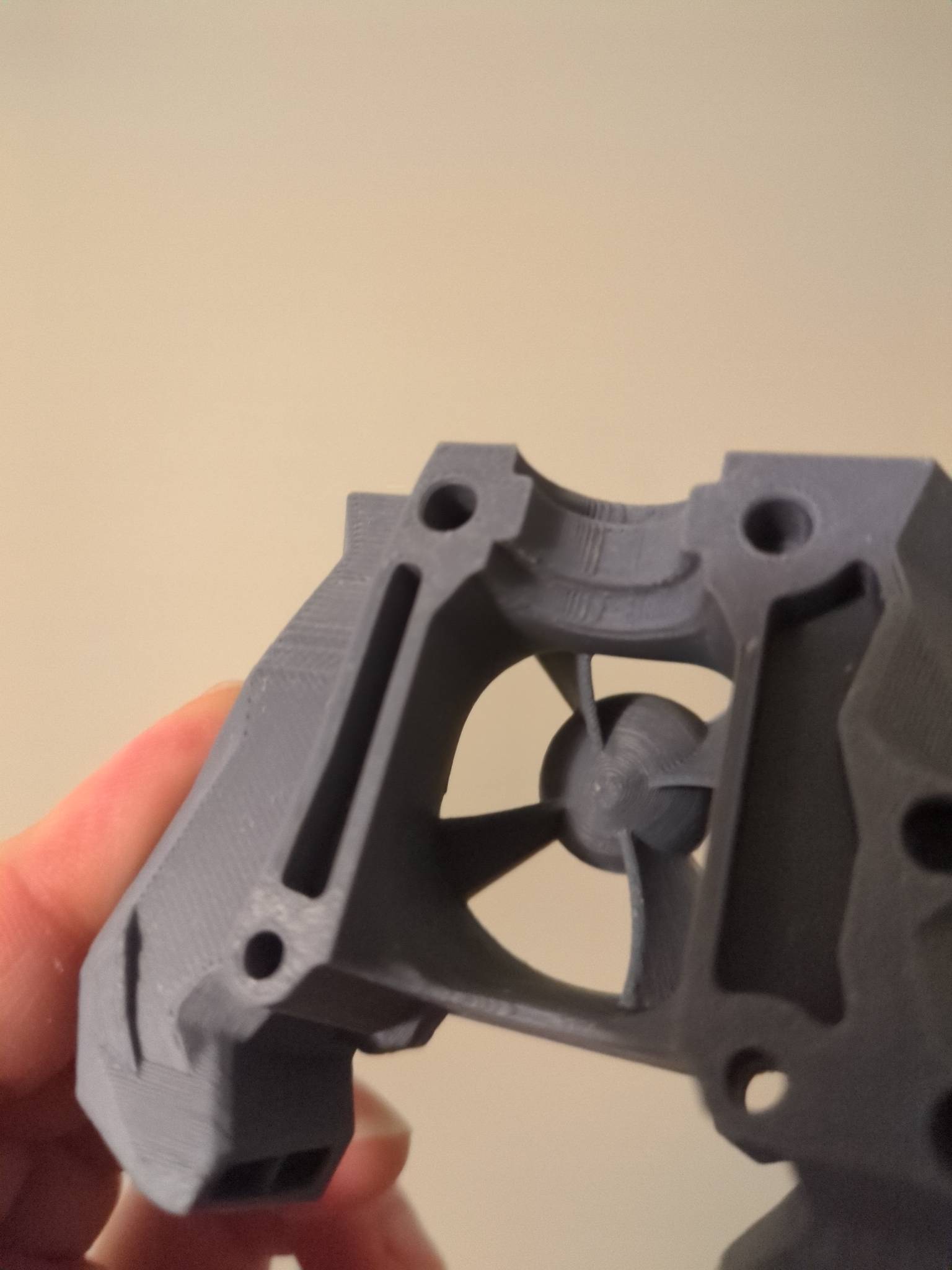view the rest of the comments
3DPrinting
3DPrinting is a place where makers of all skill levels and walks of life can learn about and discuss 3D printing and development of 3D printed parts and devices.
The r/functionalprint community is now located at: or !functionalprint@fedia.io
There are CAD communities available at: !cad@lemmy.world or !freecad@lemmy.ml
Rules
-
No bigotry - including racism, sexism, ableism, homophobia, transphobia, or xenophobia. Code of Conduct.
-
Be respectful, especially when disagreeing. Everyone should feel welcome here.
-
No porn (NSFW prints are acceptable but must be marked NSFW)
-
No Ads / Spamming / Guerrilla Marketing
-
Do not create links to reddit
-
If you see an issue please flag it
-
No guns
-
No injury gore posts
If you need an easy way to host pictures, https://catbox.moe may be an option. Be ethical about what you post and donate if you are able or use this a lot. It is just an individual hosting content, not a company. The image embedding syntax for Lemmy is 
Moderation policy: Light, mostly invisible


The cone shaped hub in the middle? Same reason you'd see a pointed nose or tail on a plane, to reduce drag and turbulence and possibly noise. With some fans it doesn't really matter but at high enough flows it'll become worth it to spend the extra money on that part to make it cone shaped.
Look at airplane propellers. On them that part is called a spinner. On an old, slow, biplane with tons of cables and other draggy parts, it likely wont have one because it'll make no difference anyway. But on anything that's the slightest bit sleek you'll have one because it will significantly reduce drag.
I guess it's 3d printing so I can just try it and see and redesign if I don't like it. I have a couple old ek vardar fans that are stupidly loud and finger chopping fast rpm.
What exactly are you trying to do, if you don't mind my asking?
Just trying to quiet those loud fans?
Started out ducting various things to other things such as fan to radiator, computer exhaust to outside, or to hanging wet clothes, etc. Then I got rabbit holed into research on different types of fans and how blades and rpm and fan dimensions change various things. A few prints and some purchased fan gadgets had the cone and blades thing and not knowing the names of them has made research difficult. My photo is a hotend heatsink+fan mount and probably the smallest example of this concept I have seen.
Most of the things I am thinking of making would originally performance first but if sound can be reduced by a measurable amount it would be worth testing.
Ah. So yeah like the other person said those static blades are stators. I havent found a good name for the cone aside from "aft cone" but that's more for turbines. The stators should help it make pressure (that's what they do in turbines) but the only reason I see for the aft cone is reduction of turbulence and since this is for cooling the hot end turbulence is actually a positive thing because it reduces the skin of hot air that sits against the heatsink fins.
If you're pusing enough air you may benefit from a nose cone but it should probably be more hemispherical. Also an intake cone that's like a trumpet bell might be beneficial.
For noise, most is probably in the blades but you may see some reduction by adding a sweep to your stators and/or adding a jaged pattern in some places like all the new jet engines do. Like this: https://www.nasa.gov/wp-content/uploads/2015/03/qtd2_sunrise_3024x2016_0.jpg
Granted, on the scale we're talking here all of this will be splitting hairs.
The hub mostly reduces turbulence in the flow as well. Depending on if it’s on then intake o exhaust , it also has a number of effects.
As an intake, it compresses the incoming flow, as it comes to the blades with less drag- which makes the fan much more effecient.
As an exhaust, does the same, but would also expand the cross section (which slows the airflow,) it looks like the duct also constricts, though, so rather than changing the speed of the airflow, it’s removing the center void created by then fan’s own hub.
Which again smooths out the flow and makes it more effecient for whatever it’s hitting